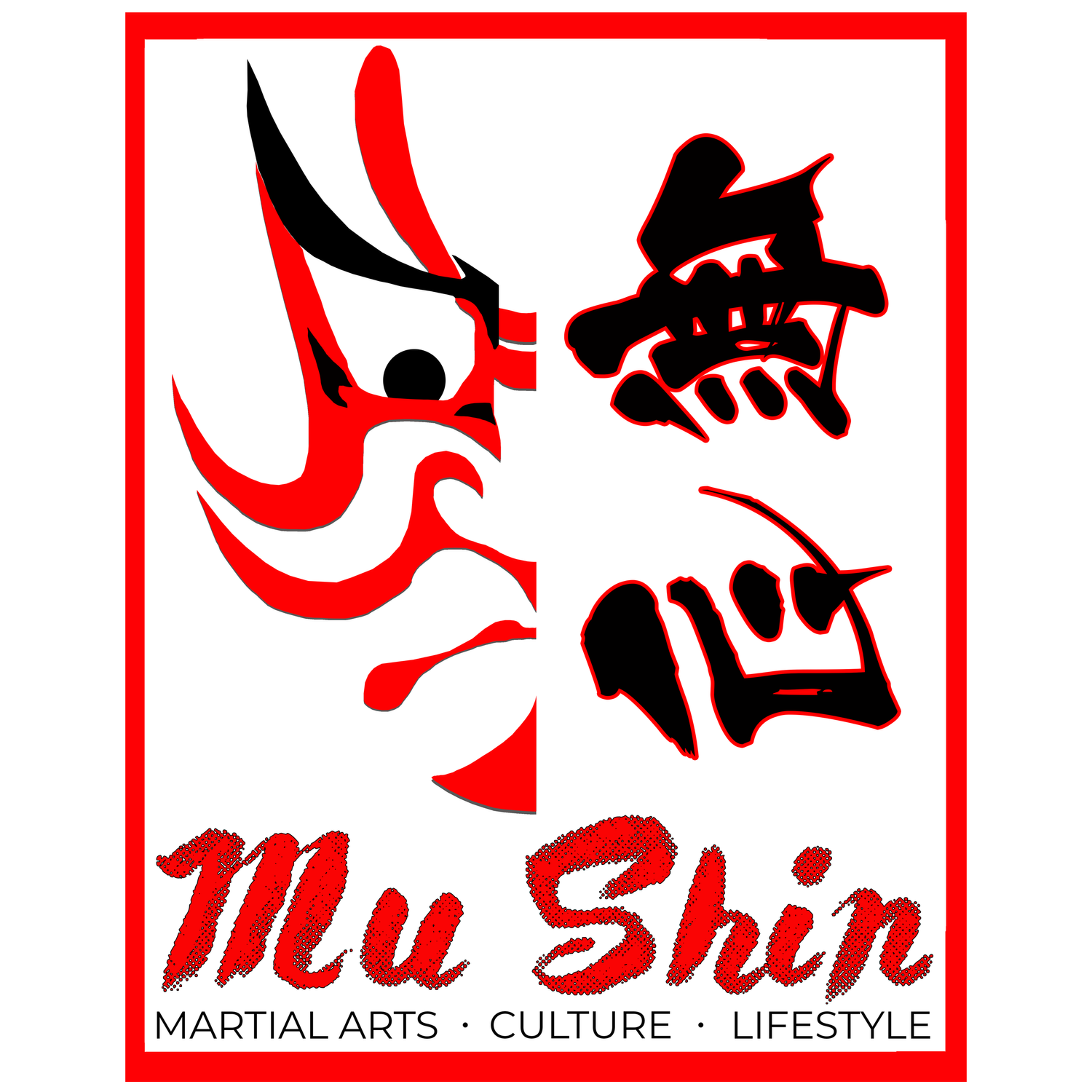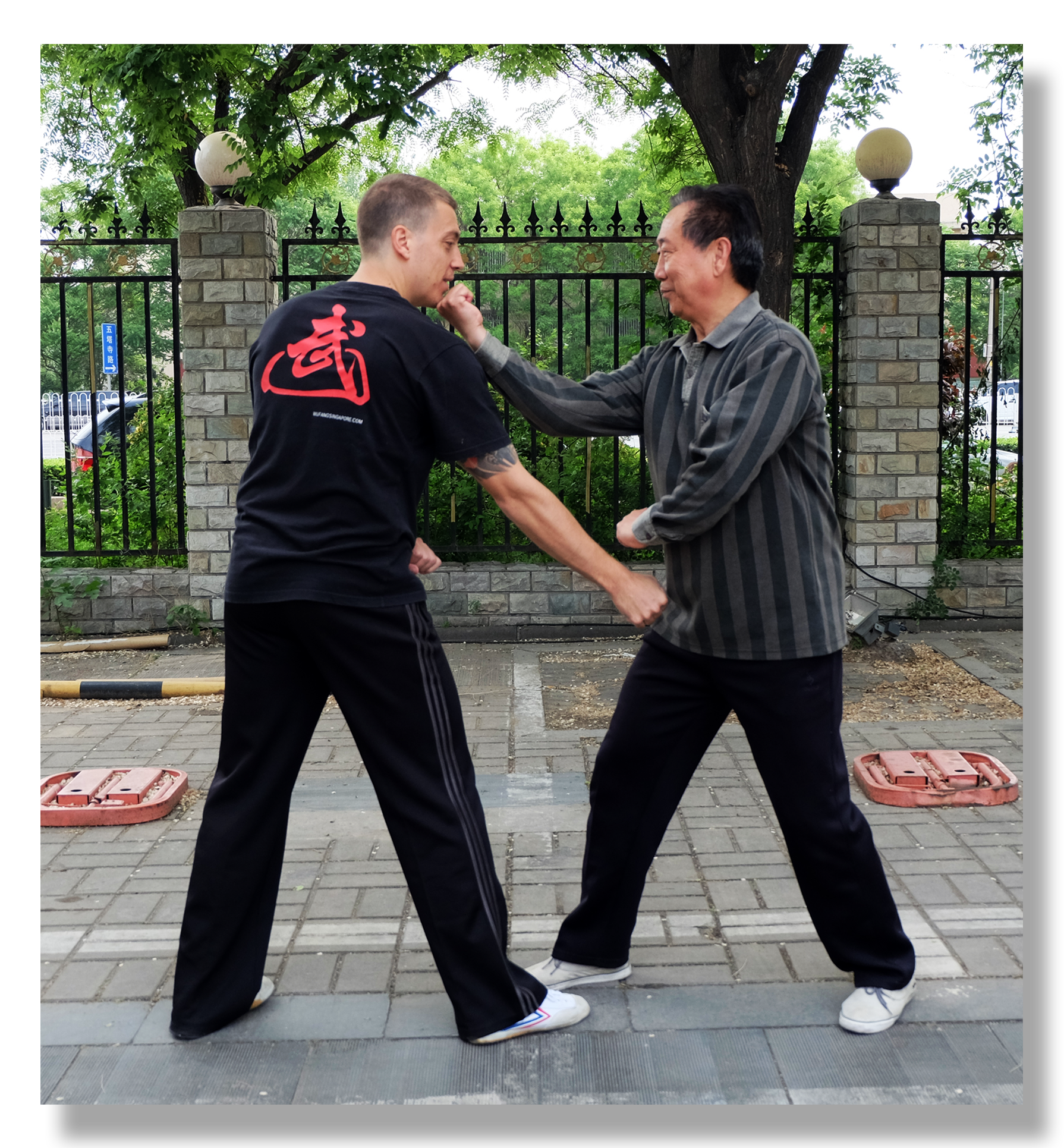Gong Fu Qiao Yao “Gong Fu Skills” Q&A - Di Guoyong - Pt.1
Master Di Guoyong teaching Byron Jacobs
“Gong Fu Qiao Yao” is a publication by the “Zhong Hua Wu Shu” magazine in China which was published in 2012. The national magazine had asked numerous respected masters of various styles of Chinese martial arts to be technical advisors and it gave the readers opportunities to send in questions which these teachers would then address and these were released over a long period in their monthly magazine. In 2012 the publication compiled these Q&A articles and published them in a single book. I will gradually translate these and make them available in English for the international community.
Question from Zhao Liang of Beijing’s Shunyi District
How should we understand the generating and overcoming relationships in the Five Elements (Wu Xing) of Xingyiquan? Must we follow these relationships in combat for offense and defense?
Master Di Guoyong’s Answer
When the Xingyi Quan masters developed the art’s theoretical foundation, they incorporated concepts from traditional Chinese medicine, specifically the creative (sheng) and destructive (ke) relationships found in the Five Elements (Wu Xing) theory. This helped create the relationships of Five Elements Fists’ (Pi, Beng, Zuan, Pao, Heng). The goal was to make the system healthier and more scientifically grounded. According to the Wu Xing theory, the five fists—Splitting, Crushing, Drilling, Pounding, and Crossing—correspond to Metal, Wood, Water, Fire, and Earth, respectively, with each one generating or overcoming the next. Some practitioners even created paired training routines based on these creative and destructive cycles to make training more interesting and to work and develop the tendons and bones.
In actual combat, however, it’s unnecessary to adhere strictly to these creative and destructive relationships. What determines victory isn’t the type of fist you’re using—there’s no guarantee that a Splitting fist will overcome a Crushing fist. Rather, it’s the practitioner’s skill that matters. For example, Guo Yunshen's Half-Step Crushing Fist was extremely powerful. According to the Wu Xing theory, Splitting should overcome Crushing, but most practitioners lacked the necessary skill to counter him. In essence, if your weapon/axe (Metal) is weak, it can’t cut down a mighty tree (Wood).
Moreover, the Five Elements Fists aren’t executed in combat exactly as they are in solo practice. For instance, in practice, the Splitting Fist involves chopping downward with the palm, but in a real fight, it could vary. As long as you can generate the intended power vector, the form itself isn’t crucial. Crushing Fist, for example, is essentially a straight punch that’s usually aimed at the opponent’s chest/abdomen in practice, but it could target the head in combat. The essence lies in expressing the vector and power from back to front; that’s what defines it as Crushing Fist. Therefore, one shouldn’t rigidly execute training “forms/shapes” in application but instead use them flexibly. The Five Elements Fists provide a foundation. Practicing them develops the ability to generate different types of force and refines footwork, body work, and power expression. The Five Elements Fists are like the basic strokes in Chinese calligraphy—these few strokes combine to form countless characters. Similarly, practicing the Five Elements Fists helps you master different power expressions, which you can then adapt to create numerous techniques and variations in combat.
The Five Elements Fists focus on training five distinct forces: the forward-downward force of Splitting, the upward-forward force of Drilling, the horizontal-forward force of Crushing, the wrapped-explosive force of Pounding, and the diagonal force of Crossing, which doesn’t manifest as obvious crossing but follows a diagonal plane through the body. In Crossing Fist application, there are outward-crossing and inward-wrapping strikes. Once you’ve mastered these five types of force, you can combine and apply them freely. Of these, Splitting, Drilling, and Crushing are the most important, while the other two derive from them. Practicing the Five Elements Fists is fundamentally about developing these five types of force. In application, you don’t need to be tied to specific forms; adapt to the moment and unleash the force of the Five Fists as needed.
Learn authentic Hebei Xingyi Quan as handed down by Di Guoyong through the Hua Jin Online Learning Program.
For more information visit https://www.mushinmartialculture.com/online-learning


